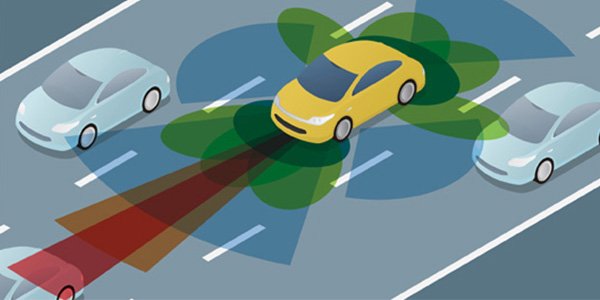Nine driver assistance systems to become mandatory in Europe in 2022

Not even a week ago, Volvo announced it would integrate cameras into the cabins of its vehicles to monitor potential driver distraction and intoxication. That news came not long after the Swedish carmaker said it would limit its cars to a top speed of 112 miles per hour. The European Commission has gone beyond both of those measures, passing long-debated legislation that will make nine driver safety systems required fitment on new all cars from 2024.
The list includes features that either come standard or as part of optional packages, like automatic emergency braking, lane departure warning, reversing cameras or detectors, and driver drowsiness and attention monitors. Others items would be brand new. Carmakers will need to design steering columns with a standardized interface to fit alcohol interlocks. The emergency stop signal, already in use in other markets and occasionally seen here, flashes the brake lights and hazards when the car detects an emergency stop.
An accident data recorder, like an airline's black box, would keep tabs on certain vehicle parameters to aid in accident reconstruction and, we imagine, insurance industry details. Closed-loop data recorders would overwrite material at a fixed time interval, and anonymize the driver and vehicle data.
The most controversial item is intelligent speed assistance (ISA). The system uses GPS signals and speed-limit sign recognition to notify the driver of the legal limit. It can adjust the vehicle's speed on its own by controlling engine output, but the plan is that the driver will be able to override ISA.
In the legislation, the EU Commission made sure to specify that carmakers "ensure that these systems and features are developed in such a way so as to ensure that users accept them." The European Parliament and EU member states will vote to formalize the measure in September.
Assuming that happens, if a car isn't on the market right now and hasn't been designed yet, that car would need include the range of equipment in 2022. Cars currently on the market have until 2024 to comply. The Commission said 25,300 people died on EU roads in 2017; these measure are expected to save 25,000 lives by 2038 — or 1,562.5 lives every year.
Nouvelles connexes


